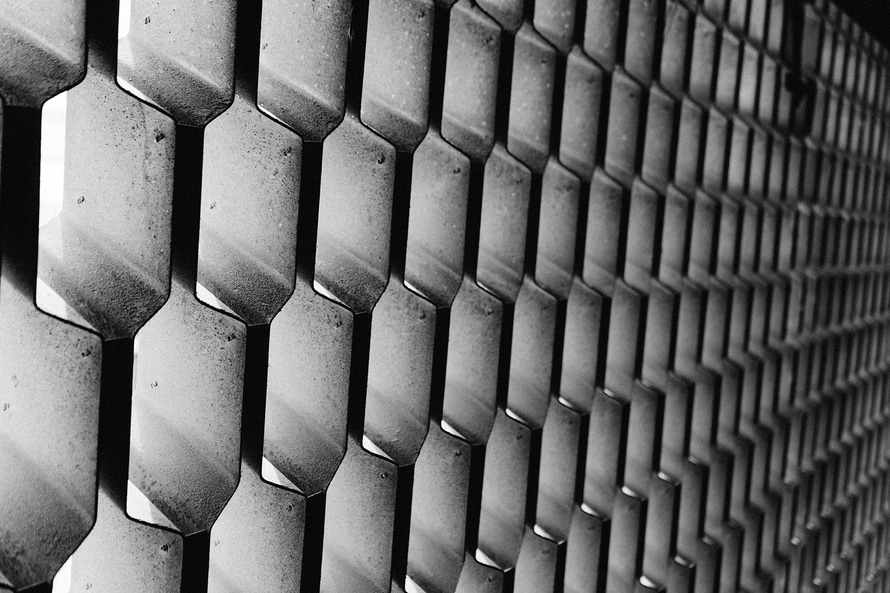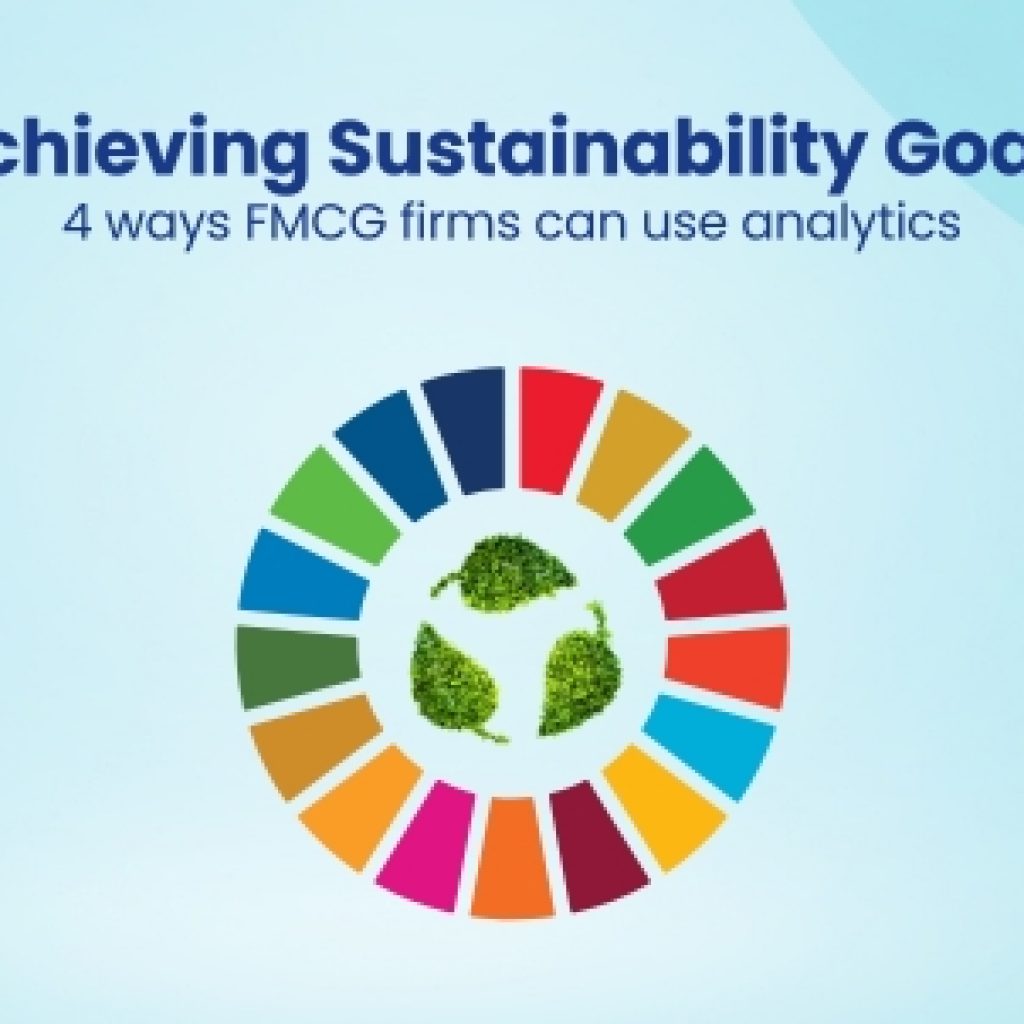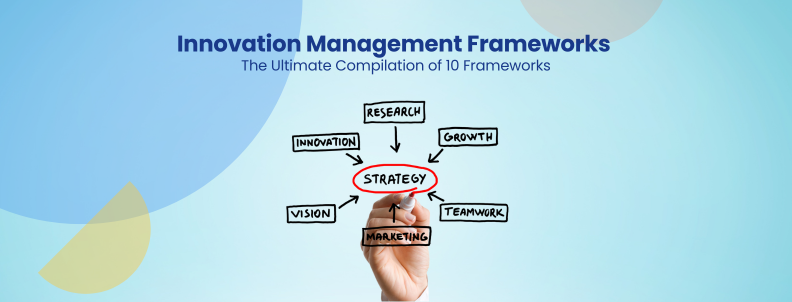3D Metal printing powders need to have different properties for different applications such as particle shape and size, good flow, low oxygen content, and high oxidation resistance. Some of these problems are easy to solve while some are a tough nut to crack for the industry.
Below we have discussed the top three challenges and disruptive solutions to overcome these challenges of different 3D printing metal powder production techniques:
1. Sphericity
Sphericity defines how spherical (round) a particle in a powder is. This is an acute factor that ultimately defines the quality of a final product. Round particles ensure a good flow which makes printing easy. Also, spherical particles form dense end products that can be packed tightly.
CN104475745 and CN104084592 are two patents, among many, that disclose techniques to produce spherical powder for additive manufacturing.
Disruptive solutions to overcome the problem of sphericity in 3D printing metal powders
Below are three disruptive solutions to overcome the problem of sphericity:
1) Low Wettability Strategy of Solid–Liquid Interface
The researcher at Nanjing University, in December 2015, submitted a research paper that discloses a new method of producing an ultrafine spherical metal powder.
The method utilizes the property of low wettability of metal liquids on a solid powder for the formation of spherical metal powders and can be used in both 3D printing and metal injection modeling.
2) Ultrasonic Pyrolysis
Pyrolysis alone is conventionally used to perform the metal production process. MEAB, a Swedish company active in the hydrometallurgical field has suggested an alternative ultrasonic spray Pyrolysis process. It can help achieve higher quality 3D metal printing powder.
3) Plasma Atomization
PyroGenesis, a Montreal-based clean-tech company well known for their plasma based products has filed a patent for plasma atomization process (PAP). PAP can produce perfectly spherical metallic powders.
PyroGenesis says that PAP is ideal for aerospace and biomedical applications because it provides a high level of traceability and crucial control of particle size and greater production rates – up to 150kg per day.
Problem of Oxidation in Manufactured Powder
A metal powder, during several phases of production, can undergo rapid oxidation which significantly reduces the quality of a metal powder for additive manufacturing. The varying temperatures in production processes are responsible for that.
CN104772473 and WO2015096980 are two exemplary patents that disclose techniques to produce high oxidation resistant powders. Metal powders even after the production remains susceptible to become unusable due to rusting.
Below are three innovative methods to increase oxidation resistance of metal powders for additive manufacturing:
1) Oxidation-resistant Copper Ink
Nano Dimension, a Tel Aviv-based 3D printing company, has filed a patent for the development of conductive copper ink that helps 3D print electronic circuits on nanoscale. The ink has the ability to prevent oxidation of copper nanoparticles
Nano Dimension is the first company to build an ink-jet printer, the Dragon Fly 2o2o, that uses metal-based ink to print electronics. Nano Dimension says that the Dragon Fly can make PCB printing much cheaper and easier than ever.
2) Arc Evaporation
Patent CN104772473A by Beijing University of Technology discloses a process to produce oxidation-resistant titanium hydride Nano powder. To put it simply, the process states that arc evaporation is performed on a pure titanium block.
Titanium, as I mentioned earlier, is highly reactive and hence is processed in the vacuum or in the presence of inert gasses. Hence, after the arc evaporation, the titanium hydride is produced by using charged hydrogen in gas-phase reaction. After that, as the final step, the produced powder heated.
This method promises a higher density titanium powder with a great flowability both of which are highly demanded requirements in the 3D metal printing industry.
3) Hydrogen Reduction to produce fine spherical 3D printing metal powder
Fraunhofer Institute for Manufacturing Technology has discovered a method to produce metal particles thinner than 20 µm. A normal reduction process produces a powder with a large specific surface area that leads to oxidation and renders a powder useless for any practical purpose.
The research paper discloses a two-step process to solve this problem which also is economical and has a greater efficiency than the atomization processes.
3. Power Consumption
Power consumption is a ubiquitous problem. And like every other industry, power consumption is one of the major challenges in 3D printing metal powder production. It increases the cost of manufacturing which keeps the consumer away from a cheaper powder.
Below are efforts put by the industry to reduce the power consumption during production process:
1) No-melt Production
In AeroMat 2016 (a conference to discuss the advancement in metallurgy), scientists of University of Utah disclosed an innovative method to produce spherical titanium metal powder and its alloys directly from oxides. The process consumes much less energy than traditional methods and can significantly reduce the cost of production.
2) Metal Powder Production Using Hydride Synthesis
The researcher from Zecotek Photonics and their strategic partners from the Institute of Chemical Physics and LT-Pyrkal have successfully developed a unique manufacturing technology for 3D printing metal powders.
The new approach uses metal hydrides synthesis process and has significant advantages over traditional techniques including high productivity and significantly lower power consumptions.
3) Metalysis’ Greener Electrolysis Technology
Metalysis focuses on producing 3D printing metal powders using environment-friendly low-cost methods. The company has patented an innovative method to extract metal powders from metal oxides using greener electrolysis process. They even have built a prototype production facility to execute this method.
On Dec 14th, we hosted a session and revealed untapped areas that could lead to more disruptive innovation in the metal printing domain. You can watch the recording of the session here: Click here to watch
Analysis Performed By: Deepika Kaushal, Manager, Patent Landscape, Sukha Singh, Research Analyst, Patent Landscape and Shabaz Khan, Research Analyst










